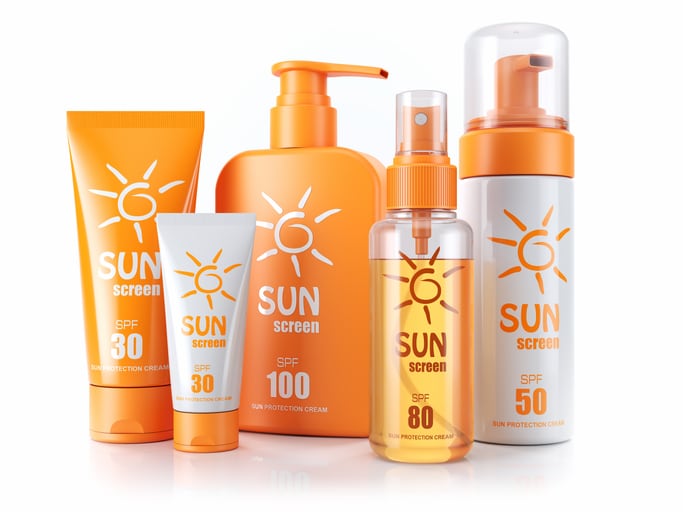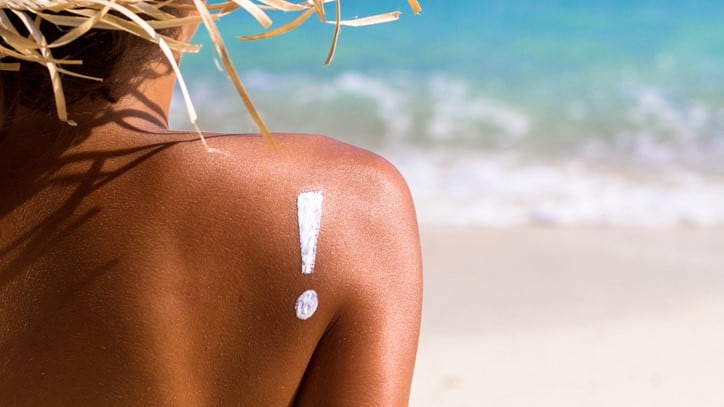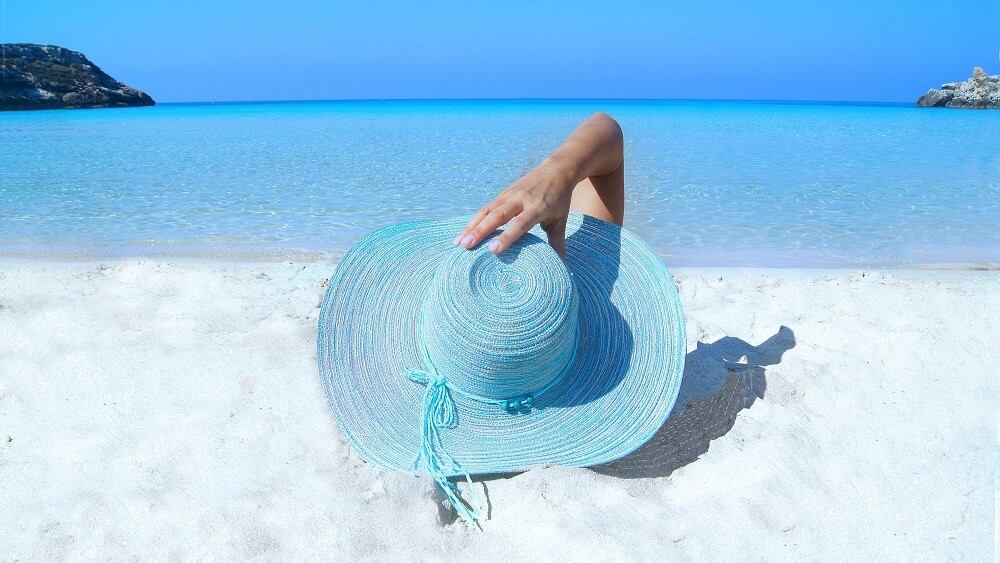Sunscreen products are one of the most important categories in cosmetics because they provide protection against harmful UV radiation for consumers. Importantly, they must be strictly regulated in order to ensure sufficient UV protection for consumers.
An overview of the sunscreen regulations across the world shows a great deal of diversity, including different classifications, labelling and claims relating to this category of cosmetic products.
It is crucial for cosmetic companies to get well acquainted with the requirements of different countries around the world and to understand the main differences. This way they can ensure their products stay compliant. Here’s what you need to know.
The European Union
According to the EU Cosmetic regulation (EC) No 1223/2009, sunscreen products are classified as cosmetic products defined as: "any preparation (such as creams, oils, gels, sprays) intended to be placed in contact with the human skin with a view exclusively or mainly to protecting it from UV radiation by absorbing, scattering or reflecting radiation".
Annex VI of the EU Cosmetic regulation includes the list of approved UV filters for use in cosmetic products. There are currently 31 allowed UV filters, including 4 nano-sized UV filters.
Labelling requirements and sunscreen claims
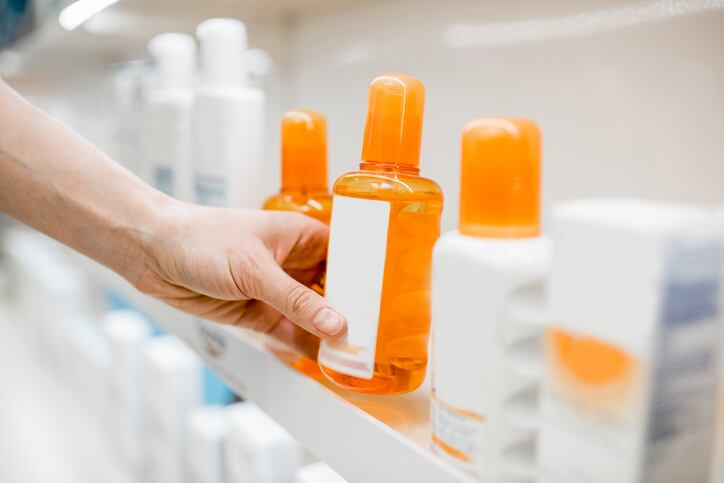
In 2006, the European Commission published its Recommendation on the efficacy of sunscreen products and the claims made relating to them (2006/647/EC), which set basic rules for labelling, claims and efficacy of sunscreen products. According to that recommendation, the following claims are prohibited:
- Claims implying that the product provides 100 % protection from UV radiation (such as "sunblock" or "total protection")
- Claims implying that there is no need to re-apply the product (such as "all day prevention")
Additionally, sunscreen product labels should include warnings, which inform consumers that the products do not provide 100 % protection as well as any additional relevant precautions for use. For example: "Do not stay too long in the sun, even while using a sunscreen product" or "Keep babies and young children out of direct sunlight".
It is also important that the products carry instructions for use, which ensure that the efficacy of the sunscreen is achieved. Examples of such instructions are: "Apply the sunscreen product before exposure" or "Re-apply frequently to maintain protection, especially after perspiring, swimming or towelling". Furthermore, the product packaging should also include the right quantity of sunscreen product that has to be used, in order to achieve the claimed sunscreen protection.
Efficacy of the sunscreen products should be indicated on the label by including the sun protection factor (SPF) and by referencing the appropriate category of protection such as "low", "medium", "high" and "very high".
Sunscreen efficacy testing
Sunscreen products must protect against UVA and UVB radiation. They need to comply with the requirements of the minimum efficacy, which includes a minimum UVB protection of sunscreen factor 6, a minimal UVA protection factor of one-third of the sun protection factor and a critical wavelength of 370 nm.
Sunscreen efficacy should be adequately supported by standardised and reproducible testing methods. UVB protection should be measured by in vivo testing methods for determination of sun protection factor (SPF) (e.g. ISO 24444:2010). For UVA protection, there are two approved standardised testing methods, in vivo determination of sunscreen UVA protection (e.g. ISO 24442:2011) and in vitro determination of sunscreen UVA protection (e.g. ISO 24443:2012). Additionally, sunscreen products can also be tested for water resistance (e.g. Cosmetics Europe Guidelines for Evaluating Sun Product Water Resistance, 2005) to claim "water resistant" or "very water resistant".
USA - Sunscreen products as OTC drugs
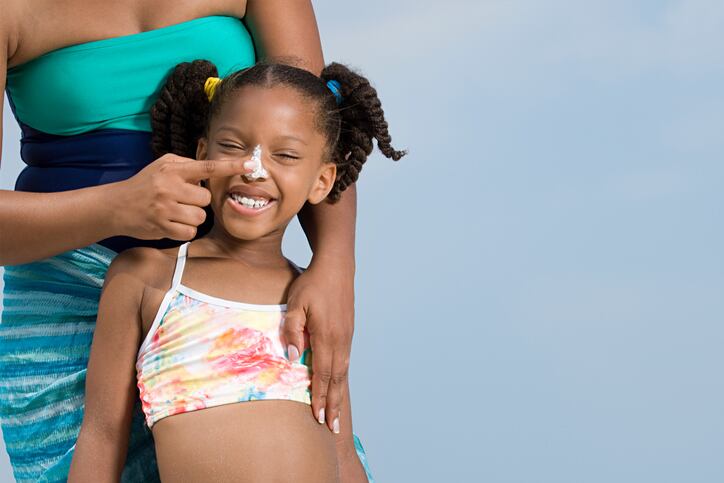
In the USA, sunscreen products are classified as “over-the-counter” (OTC) drugs. This means they are strictly regulated and require pre-market registration with the US Food and Drug Administration (FDA). Regulation on sunscreens includes Sunscreen Drug Products for Over-The-Counter Human Use Monograph (21 CFR 352) and The Sunscreen Innovation Act. The latter was published in 2014 in order to review the safety and efficacy of non-prescription sunscreen active ingredients. The Sunscreen Monograph includes permitted sunscreen active ingredients and their concentrations, permitted combinations of active ingredients, labelling requirements and testing methods for evaluating sunscreen efficacy.
Sunscreen products in the USA must pass the SPF test and the broad-spectrum test. Optionally, they can also be tested for water resistance. Sunscreen products need to provide a minimum SPF value of 2. Products, which pass the broad-spectrum test, can be labelled as “broad spectrum”, which means they provide UVA and UVB protection.
On February 26, 2019, FDA published proposed updates to its current regulation on sunscreens, Sunscreen Drug Products for Over-The-Counter Human Use (Proposed Rule). This proposed rule addresses many concerns regarding the use of sunscreen products, including sunscreen active ingredient safety and efficacy, sunscreen testing requirements, dosage forms and labelling requirements.
It is also important to note that some states have additional requirements and bans. One of the special state requirements is Prop 65 in California, which includes a list of chemicals that require a special warning due to health concerns. The list also includes UV filter titanium dioxide but only in a form of airborne, unbound particles of respirable size. Products containing this form of titanium dioxide must be labelled with the safety warning. Furthermore, Hawaii and Key West (Florida) have banned two UV filters - oxybenzone and octinoxate due to their damaging effects on coral reefs. The US Virgin Islands may soon follow as the proposed ban has recently moved forward to the Senate for vote.
Canada - Sunscreen products as Natural Health Products or OTC drugs
Like in the USA, sunscreen products in Canada are also classified as OTC drugs (non-prescription drugs). However, not all sunscreen products fall under this category. Canada has an additional category for sunscreen products, namely Natural Health Products (NPHs). Depending on the ingredients, sunscreen products can either be classified as Natural Health Products or as drug products. Both are regulated under the Natural and Non-Prescription Health Products Directorate’s (NNHPD’s) Sunscreen Monograph and require pre-market registration with Health Canada. The Sunscreen Monograph includes permitted medicinal and non-medicinal ingredients, their concentration, conditions for use, cautions, unacceptable claims and recommended test methods.
Sunscreen products with physical UV filters are classified as Natural Health Products and require a natural product number (NPN), which must be included on the label. Sunscreen products containing chemical UV filters are classified as OTC drugs and require a drug identification number (DIN), which needs to appear on the label. The same applies for sunscreens that contain both types of UV filters.
All sunscreen products must be labelled with the SPF value, which must be at least 2. Sunscreens with a critical wavelength of 370 nm or more, which have medicinal ingredients that provide UVA and UVB protection, can be labelled with “broad spectrum” claim. Products can also claim “water/sweat resistant” if they pass the required tests. Testing methods for determining sunscreen efficacy must be standardised and reproducible, the monograph recommends FDA or ISO methods.
China – Sunscreen products as special use cosmetics
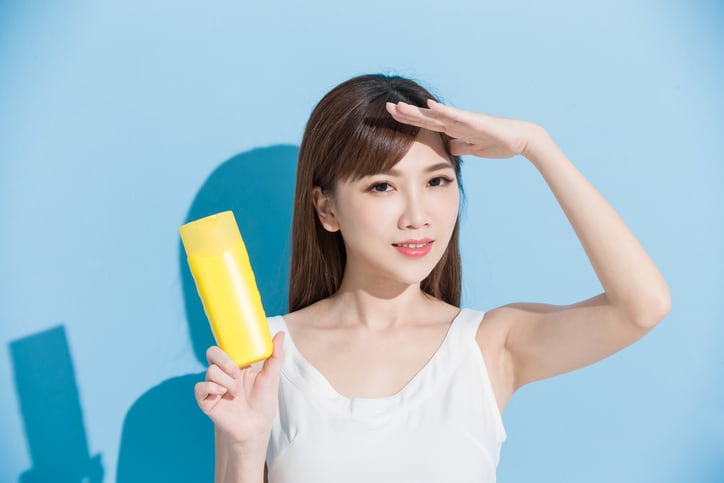
Chinese cosmetic regulation classifies sunscreen products as special use cosmetics (SUC). They require pre-market registration with the National Medical Product Administration (NMPA). The registration process includes the obligatory testing at the NMPA accredited labs in China. Sunscreen product must undergo additional testing to prove sunscreen efficacy (in vivo tests), but these tests can also be done abroad.
Sunscreen products need a minimum SPF value of 2 in order to to claim SPF on their label. Like Canada and USA, China also allows the “broad-spectrum” claim, if the products have a critical wavelength of 370 nm or more. The labelling of UVA protection is based on PFA value (protection factor of UVA). The product can be labelled with PA+, PA++, PA+++ or PA++++, depending on the PFA value. Additionally, sunscreen products can also claim “water resistant” if the relevant test has been carried out. Efficacy of sunscreen products should be tested according to the relevant test methods in Safety and Technical Standards for Cosmetics (2015) or relevant ISO methods.
China also maintains a list of approved UV filters for use in cosmetics, which can be found in the Inventory of Existing Cosmetic Ingredients in China (IECIC) and currently includes 27 UV filters.

